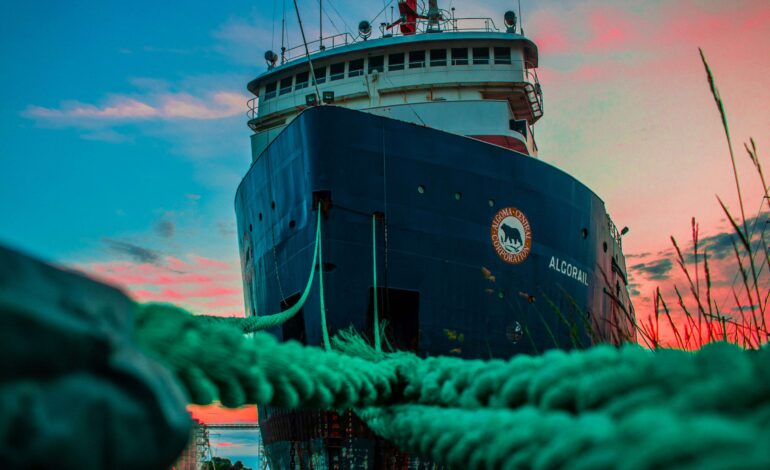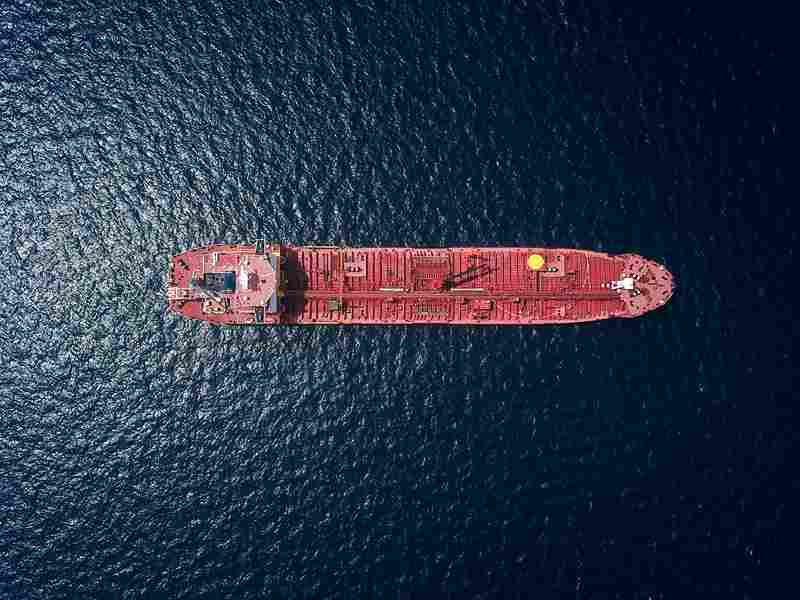
Innovations in Bunker Fuel Production: Shaping the Future of Sustainable Maritime Energy
The field of bunker fuel production is rapidly evolving thanks to technological advancements that are revolutionizing how marine vessels are fueled globally. These innovations not only improve efficiency and sustainability but also ensure compliance with strict environmental regulations. Below, we delve into the cutting-edge technologies transforming bunker fuel production:
1. Advanced Refining Techniques
Traditionally, bunker fuel has been produced through crude oil refining processes that extract heavy fuel oil (HFO). Today, advanced methods like hydroprocessing and catalytic cracking are leading the way. These techniques enhance fuel quality by removing impurities and reducing sulfur content, aligning perfectly with regulatory standards such as the IMO 2020 sulfur cap.
2. Precision Blending and Additives
Precision blending technology is crucial for meeting specific fuel requirements. This process involves carefully combining various fuel components to optimize viscosity, stability, and overall performance. Additives such as detergents and antioxidants are also included to boost fuel efficiency and longevity, offering significant benefits to ship operators.
3. Low-Sulfur Fuel Solutions
In response to environmental concerns, the industry has developed low-sulfur alternatives such as Very Low Sulfur Fuel Oil (VLSFO) and Marine Gas Oil (MGO). These fuels drastically reduce sulfur oxide (SOx) emissions compared to conventional HFO, contributing to cleaner air quality around ports and shipping routes.
4. LNG and Alternative Fuels
The adoption of liquefied natural gas (LNG) marks a major advancement in cleaner bunker fuel options. LNG emits lower levels of pollutants, including sulfur oxides, nitrogen oxides (NOx), and particulate matter, compared to traditional fuels. Innovations in LNG bunkering infrastructure, such as advanced storage and delivery systems, support its efficient and safe use as a marine fuel.
5. Digitalization and Automation
Digital technologies are transforming bunker fuel production with real-time monitoring and automated systems. Digital platforms analyze data to optimize refining processes, reduce energy consumption, and enhance overall efficiency. Automated systems in fuel blending and distribution ensure precise control over quality and quantity, improving operational reliability and safety.
6. Carbon Capture and Storage (CCS)
Emerging technologies like carbon capture and storage (CCS) hold promise for further reducing greenhouse gas emissions from bunker fuel production. CCS technology captures CO2 emissions during fuel combustion or refining processes, storing them underground or repurposing them for industrial use, thereby supporting ongoing efforts towards environmental sustainability.
Future Perspectives and Challenges
Looking ahead, the industry faces challenges in scaling up new technologies, ensuring cost-effectiveness, and meeting global energy demands. Collaboration among stakeholders—including fuel producers, shipping companies, and regulatory bodies—will be crucial in overcoming these challenges and accelerating the adoption of sustainable bunker fuel solutions.
Conclusion
Technological innovations in bunker fuel production are driving significant advancements in efficiency, sustainability, and regulatory compliance within the maritime sector. From advanced refining techniques to the integration of LNG and digitalization, these innovations are paving the way for a cleaner and more efficient future in marine energy. As technology continues to evolve, the industry is poised to embrace new opportunities and solutions that support both environmental stewardship and the operational needs of global maritime trade.





